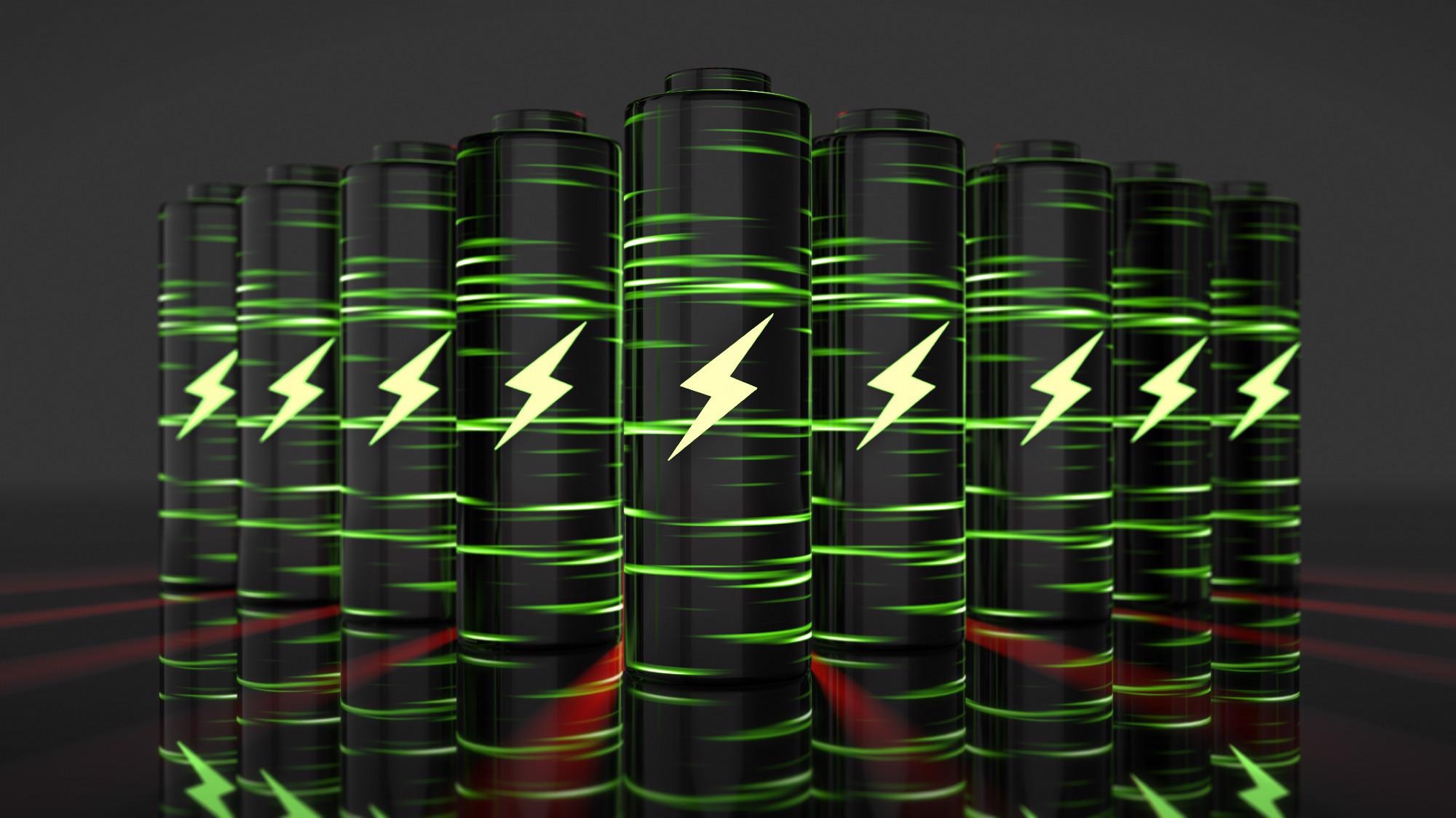Scientists from the University of Texas at Austin have developed a new sodium-based battery material that is very stable, capable of recharging as rapidly as an earlier version of lithium-ion battery and able to facilitate delivering more energy than existing battery technologies.

Image Credit: Shutterstock.com/ Immersion Imagery
For nearly 10 years, researchers and engineers have been designing sodium batteries, which replace lithium and cobalt used in existing lithium-ion batteries with cheaper, more eco-friendly sodium.
However, in previous sodium batteries, a component known as the anode was inclined to grow needle-like filaments known as dendrites that can cause the battery to electrically short and even catch fire or burst.
In one of two latest sodium battery developments from UT Austin, the new material solves the dendrite issue and recharges as rapidly as a lithium-ion battery. The researchers published their findings in the Advanced Materials journal.
“We’re essentially solving two problems at once,” said David Mitlin, a professor in the Cockrell School of Engineering’s Walker Department of Mechanical Engineering and Applied Research Laboratory who designed the new material. “Typically, the faster you charge, the more of these dendrites you grow. So if you suppress dendrite growth, you can charge and discharge faster, because all of a sudden it’s safe.”
Graeme Henkelman, a professor in the Department of Chemistry and the Oden Institute for Computational Engineering and Sciences, used a computer model to illustrate, from a theoretical standpoint, why the material has the distinctive properties it does.
This material is also exciting because the sodium metal anode theoretically has the highest energy density of any sodium anode.
Graeme Henkelman, Professor, Department of Chemistry, Oden Institute for Computational Engineering and Sciences, UT Austin
Demand is growing for stationary energy storage systems for homes and for leveling the ebb and flow of solar and wind energy on electric grids. Simultaneously, lithium mining has been criticized for its environmental effects, including soil and water pollution, heavy groundwater use and carbon emissions.
Lithium-ion batteries also usually use cobalt, which is costly and extracted generally in the Democratic Republic of Congo, where it has substantial impacts on human health and the environment. By comparison, sodium mining is inexpensive and more eco-friendly.
Mitlin is optimistic on the idea that this new invention and others from UT Austin, including a new solid electrolyte that increases energy storage, will mean sodium batteries could, in the near future, be able to match the increasing demand for stationary energy storage.
When charging of a rechargeable battery takes place, ions (such as sodium or lithium) travel from one component known as the cathode to another known as the anode. When the battery is being used to produce electricity, the ions travel from the anode back to the cathode.
The new anode material, known as sodium antimony telluride intermetallic — Na metal composite (NST-Na), is formed when a thin sheet of sodium metal is rolled onto an antimony telluride powder, folding it over on itself and repeating this several times.
Think of making a kind of layered pastry, like spanakopita.
David Mitlin, Professor, Walker Department of Mechanical Engineering and Applied Research Laboratory, Cockrell School of Engineering, UT Austin
This method results in a very even distribution of sodium atoms that renders it less probable to develop dendrites or surface corrosion than current sodium metal anodes. This ensures the battery is more stable, allowing quicker charging, which is comparable to the charge rate of a lithium-ion battery. It also has a higher energy capacity than present-day sodium-ion batteries.
Henkelman explained that if the sodium atoms that hold a charge in a sodium battery bind more robustly to each other than they do to the anode, they tend to develop instabilities or clusters of sodium that draw more sodium atoms and ultimately lead to dendrites.
He used a computer simulation to show what occurs when separate sodium atoms interact with the new composite material NST-Na.
In our calculations, this composite binds sodium a little more strongly than sodium binds itself, which is the ideal case for having the sodium atoms come down and evenly spread out on the surface and prevent these instabilities from forming.
Graeme Henkelman, Professor, Department of Chemistry, Oden Institute for Computational Engineering and Sciences, UT Austin
The study’s two lead authors Yixian Wang and Hui Dong — current and former graduate students in Mitlin’s lab, respectively — created the material. Colleagues at Los Alamos National Laboratory led by John Watt defined its properties. The study’s other authors are Hongchang Hao, Pengcheng Liu, and Naman Katyal of UT Austin.
Mitlin, Wang and Dong have applied for a patent, together with UT Austin, on the new sodium metal anode material’s manufacture, structure and functionality.
This study was supported by the National Science Foundation and The Welch Foundation.
Journal Reference:
Wang, Y., et al. (2021) A Sodium–Antimony–Telluride Intermetallic Allows Sodium-Metal Cycling at 100% Depth of Discharge and as an Anode-Free Metal Battery. Advanced Materials. doi.org/10.1002/adma.202106005.